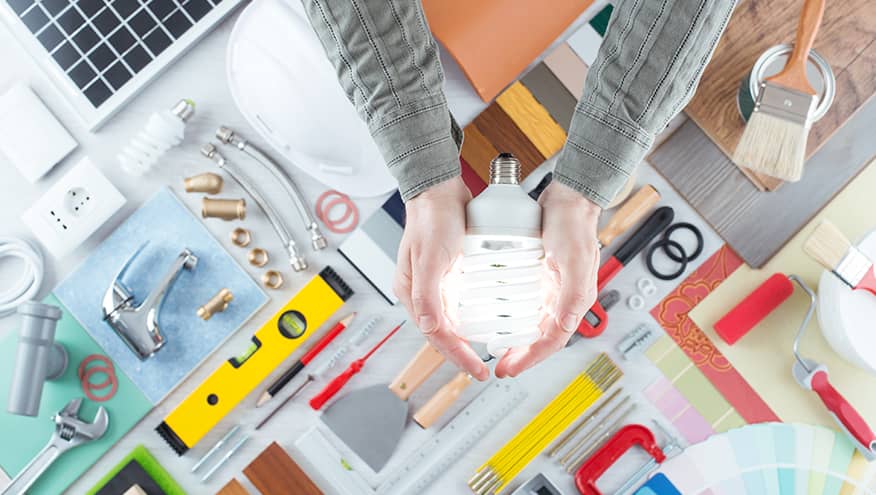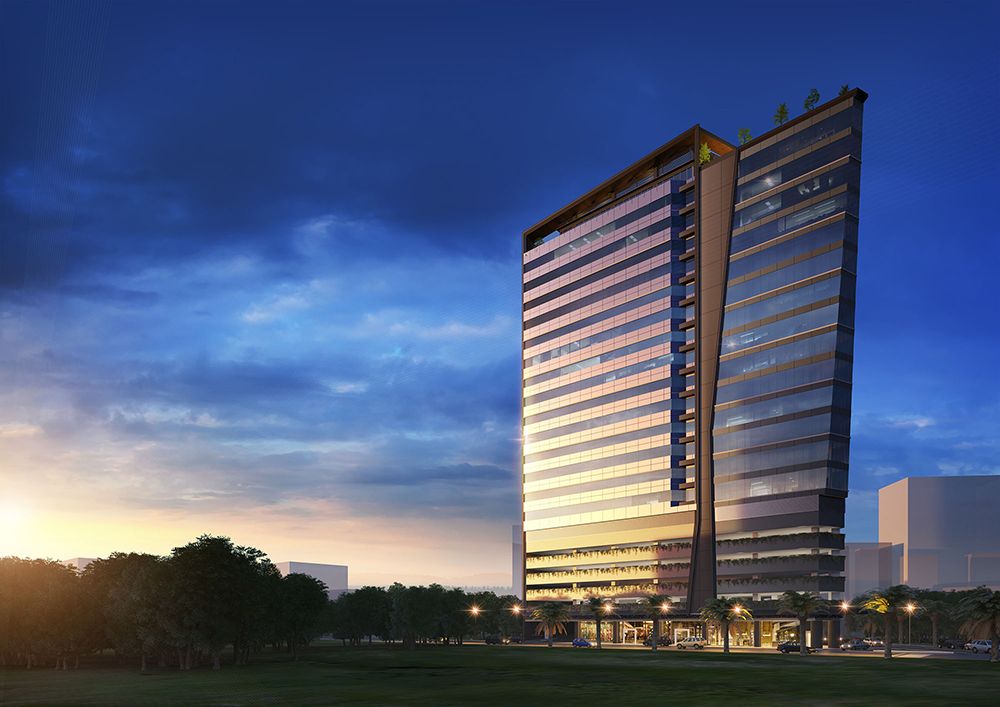JEG Tower @ One Acacia takes pride in being one of the most environmentally friendly commercial establishments, not only in Cebu City but also in the rest of the Philippines. Being named as the country’s Best Green Commercial Development in 2020 and LEED Pre-certified Silver by the US Green Building Council (USGBC), this 22-storey premium-grade building serves as the standard-bearer of JEG Development Corporation’s commitment to giving back to the Cebuanos by promoting sustainable real estate.
In a sustainability report, JDC quantifies how much difference a green building like JEG Tower can contribute to the community not only in terms of being environmentally responsible, but also in prioritizing the health and well-being of its tenants while supporting the companies occupying the building.
Underscoring the triple bottom line of sustainability that is People, Planet, and Profit, JEG Tower invests in technology and observes measures that improve energy efficiency, water efficiency, Ozone protection, and environmental protection during construction and beyond.
RELATED: LEED’s Triple Bottomline: How JEG Tower @ One Acacia uplifts People, Planet, and Profit
Energy Efficiency
Premium green buildings like JEG Tower @ One Acacia address greenhouse gases by reducing the amount of energy required for building operations. With a whole-building approach, the tower strives to use energy more efficiently by utilizing high-efficiency variable refrigerant flow (VRF) air conditioning systems, installation of Low-E glass to reduce heat from the sun on the building’s interiors, installation of LED lighting throughout all buildings, provisions for energy-efficient elevators & escalators, use of variable speed motors and pumps to reduce energy further, as well as providing white roofs to reduce the heat load on the building.
Based on the results of Barone International energy models and in comparison to non-green commercial structures, JEG Tower recorded a 23% reduction in electricity consumption.
Water Efficiency
Most buildings rely on municipal potable water sources to meet operational needs such as flushing toilets to landscape irrigation. As most city centers become highly urbanized and develop, there is an increased demand for potable water that puts a strain on its supply, and under extreme conditions necessitates water rationing. Water pumping and treatment also require energy, whose production generates additional greenhouse gas emissions.
JEG Tower @ One Acacia promotes water efficiency by having a rainwater collection system that utilizes rainwater for plumbing and the irrigation of the building’s green spaces. Having this system within an establishment significantly decreases the total amount of water withdrawn from underground aquifers and other water bodies. Moreover, these strategies will protect the natural water cycle and save resources for future generations. A reduction in water consumption also decreases the buildings’ operating costs and further improves the buildings’ overall energy efficiency.
The same sustainability report found that a 54% savings in water usage is recorded using JEG Tower’s technology, or at least the volume of two Olympic-sized pools.
Ozone Protection
As Climate Change becomes one of the world’s most pressing environmental problems, the use of refrigeration equipment that produces chlorofluorocarbons (CFCs) and Hydrochlorofluorocarbons (HCFCs) is highly discouraged.
To ensure the right refrigerants are being used, JEG Tower @ One Acacia has established a refrigerant management system to minimize the negative impacts on ozone depletion and provide additional protection to the earth’s atmosphere. The refrigerant selected for the building’s air conditioning system is the Hydrofluorocarbon (HFC) R-410A which has zero Ozone-Depletion Potential (zero- ODP) but a low Global Warming Potential 1,890 GWP, as compared to other HFC refrigerants.

Environmental Protection
By observing the LEED 2009 Green Building Design and Construction Guidelines, JEG Tower @ One Acacia has implemented several sustainable policies, programs, and procedures to provide the surrounding communities with additional environmental protections such as:
- Construction Activity Pollution Prevention
This measure reduces the pollution that can be caused by construction-related activities. General contractors of the building have implemented an erosion and sedimentation control plan for all construction activities associated with the project, which has complied with the erosion and sedimentation requirements of the U.S. EPA Construction General Permit.
- Restoration of Habitats
The proposed landscape at the development will help restore damaged areas from the construction activities, provide habitats, and promote biodiversity to the development. JEG Tower @ One Acacia has dedicated 20% of its total area to providing green and open spaces to promote biodiversity and a healthier working environment.
Its unique rooftop garden also features native and adaptive vegetation to ensure less maintenance and reduced costs by minimizing the need for fertilizers, pesticides, and irrigation.
RELATED: JEG Tower In Focus: Roof Deck Garden featuring Cebu’s Endemic Flora
- Collection of Recyclables
JEG Tower @ One Acacia has also provided a dedicated area at each building to collect and store waste materials for recycling. By making it easier for the building occupants to recycle their waste, a significant portion of the solid waste stream can be diverted from local landfills.

- Construction Waste Management
Contractors of JEG Tower @ One Acacia have implemented a program to divert construction and demolition debris from disposal in landfills and incineration facilities. Instead, these recyclable construction materials are redirected back to the manufacturing process and appropriate reclamation sites. Recycling construction and demolition materials reduce demand for virgin resources and further reduces the environmental impacts of resource extraction, processing, and transportation.
JEG Development Corporation’s commitment to building a sustainable project demonstrates their leadership in today’s market, heavily influenced by demands for green buildings: to deliver buildings with a lesser negative environmental impact, lower energy consumption, and healthier indoor environments.
Want to learn more about how JEG Tower @ One Acacia promotes sustainability in the Philippines? Reach out to Lorenzo Rodriguez at (+63)-917-825 6884. For listing inquiries and more information, call us at (+63) 2-8403-5519 or send an email to info@kmcmaggroup.com.





